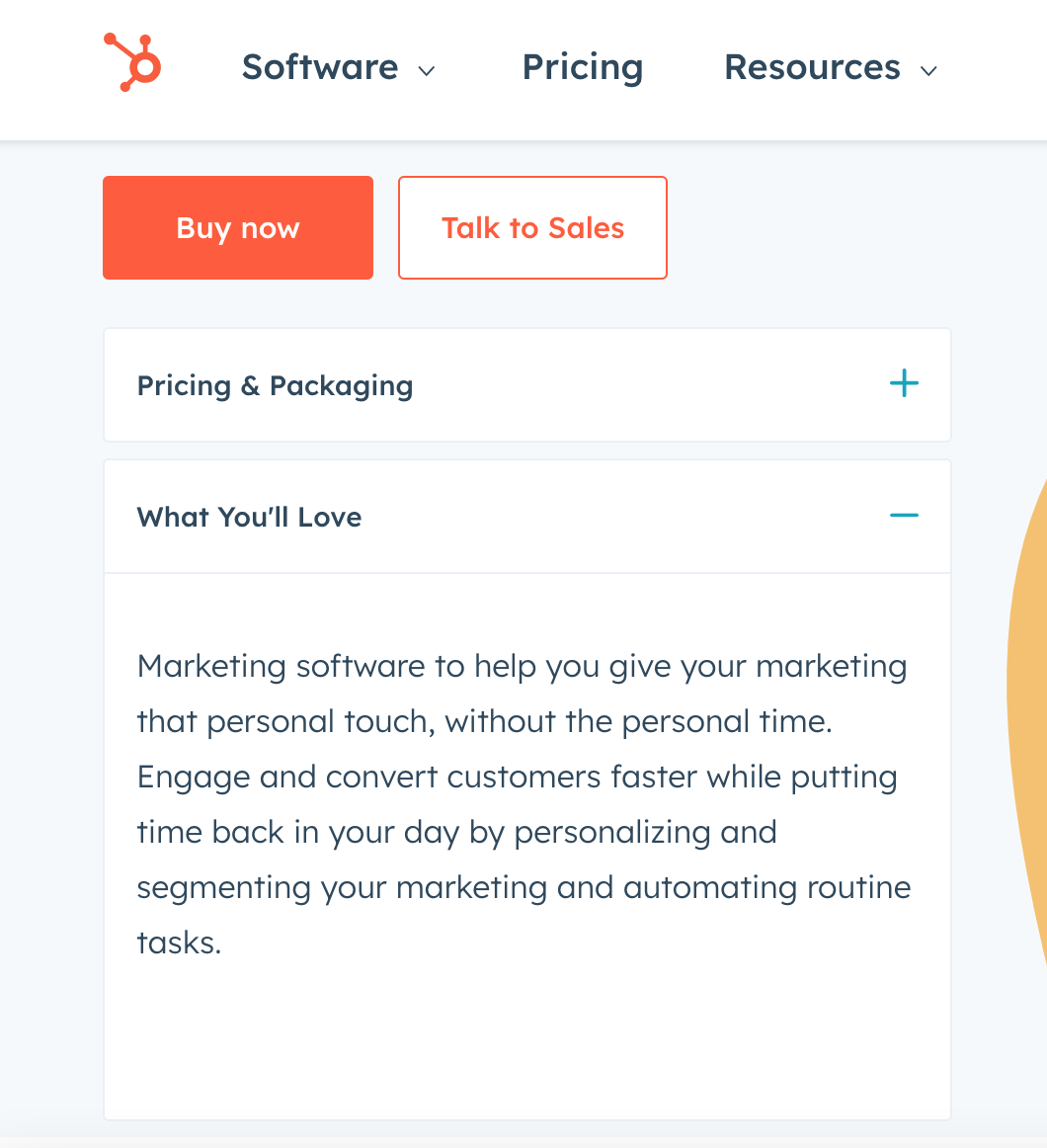Continuous optimization is a hallmark of the most successful organizations, from professional sports dynasties to military platoons and all other types in between. To put it bluntly: in a fast-paced, competitive arena like marketing, those who aren’t always willing to get better won’t be able to last through the long haul.
Almost anyone can luck into a moderately successful campaign or product launch – but marketers who want to be successful for years or even decades to come need to be embracing continuous optimization.
But what does this idea actually mean? And how can even inexperienced marketers implement the most important concepts in their own work? We’ll answer both of these questions below.
Continuous optimization defined
Forrester provides a thorough definition of continuous optimization:
A simpler way to define continuous optimization is learning from every customer experience to make the next one better. Click To TweetA data-, analytics-, and insights-driven approach that seeks to leverage every customer interaction to evolve the understanding of the customer in order to adapt and optimize customer experiences.
The real magic of this concept comes in the first part of Forrester’s definition: data, analytics, and insights. If interpreted and understood properly, these are the sources from which optimization comes, making campaigns more successful and marketing departments ultimately more profitable.
While the specifics of continuous optimization may look different for every practitioner, there are several elements we believe are more critical than others.
Know your numbers
When it comes to data used in continuous optimization, numbers – sometimes known as metrics or KPIs – are typically the starting point simply because they are so accessible. Almost every marketer has easy access to a number of dashboards, analytics hubs, weekly reports, etc.
In fact, the challenge here isn’t usually about finding enough data for your continuous optimization efforts. For modern marketers, the issue is the opposite: there’s so much information that it’s challenging to cut through the noise to find the signal. When we say “know your numbers” we don’t mean you have to know every single metric that’s even remotely applicable to your business. It means you have to first identify the right numbers and then keep up with them as they change to reflect progress in your marketing.
Which specific metrics should you be following? It’s hard to say exactly since every business is different. However, a few of the most important numbers to track include:
- Conversion rate: the number of conversions you receive on a specific offer divided by the number of total visitors who see that offer. Think of this number as a broad indicator of the health of your campaign – it’s not going to give you specific details about problems, but it will show you when something is wrong and further investigation is required.
- Bounce rate: this number defines the number of people who visit your page and don’t take any action before leaving. A high bounce rate could indicate a technical issue with something on your site, or it could mean that your offer just isn’t interesting to the traffic you’re driving to the page.
- Customer acquisition cost: this is the amount of money you spend on sales and marketing divided by the number of new customers brought in by those same efforts. By pairing this number with the average lifetime value (LTV) of a client, you’ll know whether or not you are spending too much on acquiring new business.
Get real-world input
One of the worst mistakes any marketer can make – whether they are in software, services, or physical products – is trying to plan important elements of a campaign in a vacuum. Yes, you probably have lots of helpful data that you can draw from as you make choices about your campaigns, and this data is valid and important to draw from.
But nothing beats getting answers to your questions directly from the horse’s mouth. If you are offering a solution that you don’t interact with on a daily basis, it’s vital to get information from people who do. Call up a loyal client and see if you can pick their brain for a bit – maybe over lunch or coffee. If you have a friend or family member in your target demographic, you can always ask them for input on your marketing.
Most marketers have plenty of access to the opinions and insights of the people they want to target with their campaigns, they just don’t always think to consult them as they optimize their efforts.
ABC: Always Be Customizing
In almost every form of modern marketing today, even in B2C industries that sell to a massive consumer base (like household goods), customization is absolutely critical. This is particularly true in the B2B space, where buyers have to deal with a lot more information, a longer buying cycle, and a much higher price tag on average. In these kinds of situations, people are not going to even think about making a purchase from you unless you can indicate that you’re able to meet their specific needs, no matter how unique they seem.
So how do you actually add these customization elements? One great technique is to use statements calling out specific problems and challenges your prospects often experience. For example, check out this excerpt from HubSpot:


Upon a closer reading of the copy in the “What You’ll Love” box, we can see a specific theme start to emerge: saving time. Phrases like “without the personal time,” “putting time back in your day” and “automating routine tasks” all speak to the importance of saving time with software. This kind of approach makes sense as this particular landing page is targeted toward a small business looking for marketing software. One of the biggest challenges faced by small business marketers is a lack of time available to execute all the things that need to get done for their organization’s marketing to stay on track.
Think about your own audience: what kind of common issues or obstacles come up often that you can speak to? Like all the other elements of continuous optimization, this is an ongoing effort – because even if you feel like you’ve completely nailed the personalized challenges of your prospects, eventually those issues and concerns will change.
Don’t go it alone
Our final principle of continuous optimization isn’t about the specific actions you take, but the philosophy you use when working to optimize your marketing. It’s simple: find an expert or more seasoned person or organization than you and ask them for help.
That doesn’t mean you have to immediately run out and hire a full-service agency to deploy a team of specialists within your company or pay a high-priced consultant to diagnose your problems. You might even call in a personal favor to a friend or family member. It’s a similar idea to the second point: making decisions in a vacuum limits your perception and can constrain your ability to create marketing that effectively moves your target audience.
And of course, if you’re looking for help from an experienced team of B2B startup advisors, Grwth.co could be the right resource for your needs. Our experts can help your startup in any stage, from the beginning to growth into maturity and the pursuit of funding or an exit. If you’re ready to schedule an introductory call to chat about your needs and see if we’d be a good fit, fill out this form.

